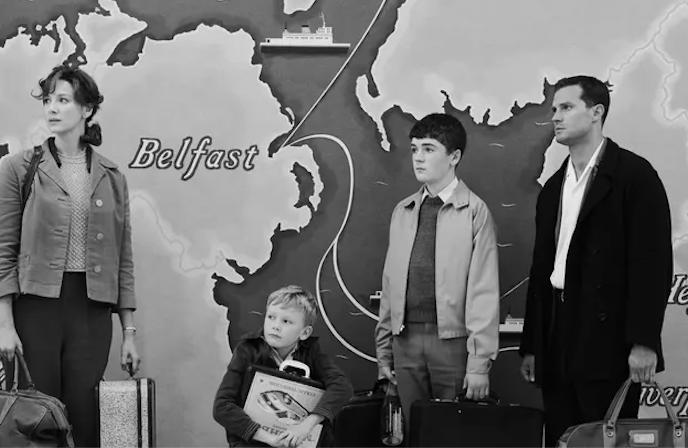My first thought after reading the title of the Academy Art Museum’s compact but highly pertinent exhibit of selections from its collection was about “The Dude.” That would be Jeff Bridges’ character in the Coen Brothers’ film “The Big Lebowski.” That’s because AAM has called its exhibit “Earth Abides,” which coincides with variants of The Dude’s favorite expression: He either abides or decidedly does not.
Although the dictionary definition of “abide” is to follow the rules, to obey, or, in the negative, to disobey. But for The Dude, it’s more like going with the flow or swimming upstream against it – often disastrously. That’s sort of how our planet abides: It can take whatever humans and the elements inflict on it, but disaster eventually catches up, usually to the perpetrators living on its surface.
A Thomas Hart Benton study of his “Prodigal Son” painting catches your eye across from the top of the stairs to the museum’s second-floor gallery. The New Testament parable of a wayward son welcomed as he returns home, takes on a Dust Bowl twist as poor farmland management and drought devastate the landscape. The lithograph portrays a son returning to a long-abandoned family home. He passes a bovine skeleton beside the dusty lane. To the left, Grant Wood’s “March,” another fine example of Regionalism art of this period, keeps topographical company with Benton’s print, both circa 1939. In Wood’s sepia-toned scene, a winding road leads up a hill where a lonely tree abides, bending over in the stiff wind.
Further along the same wall, a grizzled middle-aged woman stands tall in abiding tolerance in George Schreiber’s “I Raise Turkeys and Chickens,” a 1953 lithograph. A scraggly stand of cornstalks – no turkey or chicken in sight – signifies the sparse yield of the earth beneath her feet.
Some of the art in “Earth Abides” speaks to the notion of who is boss. Ansel Adams’ “Upper Yosemite Falls – Spring” (1946) is one of many photos he took of the national park’s titular falls. Together with “Cedar Trees and Maple Leaves” (1974), they depict landscapes that will survive long after we’re gone. That is, except in the case of climate- or human-caused fires such as the infernos at one of Adams’ other favorite national parks, Sequoia in California, that threatened stands of ancient trees from which the park takes its name.
Amid these mostly black-and-white artworks, Melissa Miller’s 1998 four-color lithograph, “Fossil,” stands out refreshingly. The title suggests that her predator-prey food chain is not what it seems, as horses do not hunt anything, much less fish, and fish have no means to eat birds. Miller’s imagery may signal an ecosystem gone awry, perhaps by pollution or climate change. None of which any carnivore or vegetarian can abide.
James Turrell’s enigmatic 1987 “Mapping Space (1)” turns research on an extinct volcano into a topographical, multi-media etching that maps in cake-like layers both aerial and surface views of the volcano with a white-circle aperture in the middle. Is it art, a geological record, or both?
On the opposite wall, Leonardo Drew’s 2012 collage of handmade papers bearing stenciled pigment represents a dead tree. The roots below that once sucked nutrients from the soil now release them, both below and through the dead or dying branches above. A rectangle rising amid the branches appears to recall the tree’s once-living bark. From death, life – a phenomenon we see sprouting after every forest fire.
Kiki Smith’s 2018 etching “Healers” isn’t about human healing but rather that of bees. In recent years, there’s been an alarming die-off of bees, which humans absolutely cannot abide by. Maybe we could live in a world without flowers but not without plant blossoms that metamorphose into fruits and vegetables after pollination. Smith presents a bouquet of uncut wildflowers against a cloud-like background as if served up as an airborne feast for busy bees on a pollinating mission.
Collagist Robert Rauschenberg’s 1982 sojourn in China inspired one of his most ambitious projects. Working with the University of South Florida’s Graphicstudio, he produced a 100-feet-by-30-inch color photographic mural printed on a single linear sheet entitled “Chinese Summerhall,” cutting and collaging small portions of his photos to assemble the final image. Another 28 photos that did not make the cut for his mural were printed in two portfolios, one of which, his moody study for “Chinese SummerHall (Man and Tree),” captures a figure, his back to the camera, in a prayerful pose – or perhaps he’s just reading – with a deciduous tree towering above the bench he’s seated on. The tree abides. What else can it do?
***
Winners in the 22nd Annual Members’ Exhibition were announced in nine cash-award categories at the opening reception Friday evening, Nov. 18.
Jinchul Kim juried the show, now on display through Dec. 7 in the Academy Art Museum’s two main galleries. A South Korea-born artist and professor at Salisbury University, Kim has been commissioned to paint the official portrait of the First Lady of Maryland, Yumi Hogan, also a South Korean native. Kim, who has exhibited his art internationally, is a recipient of the Maryland State Arts Council Distinguished Artist Award and Salisbury University’s Distinguished Faculty Award.
The winners he selected in a blind viewing of the art (no names attached) are:
Best in Show in Honor of Lee Lawrie: Michael Iandolo, The Madness of Plein Air Easton, 2022, oil on board.
Nancy South Reybold Award for Contemporary Art: Christopher Harrington, Blue Triangle, 2022, resin
M. Susan Stewart Award for Best Collage: Sheryl Southwick, My Collapsing House, 2022, collage
Trippe Gallery Award for Best Work on Paper: Barrie Barnett, Michele, 2022, pastel
Jane Shannahan Hill Offutt Memorial Award for Painting: Linda Perry, Aqualung, 2022, mixed media on canvas
Academy Clay Award: Kathy Bodey, Forgotten, 2022, clay
Best Landscape Award (sponsored by the St. Michael’s Art League): Nancy Tankersley, Lovely Intruder, 2022, oil
Arielle Marks Award for Best Print (sponsored by Amy Haines and Richard Marks): Judith Wolgast, Assateague Marsh, 2022, etching and aquatint
Excellence in Photography (sponsored by Tidewater Camera Club): Sahm Doherty-Sefton, Eastern Shore, 2022, inkjet print
Besides the prize money, many of the artworks in the show are for sale by both winners and non-winners.
“The Members’ Exhibition is an annual tradition at the museum that dates back to our founding in 1958,” said director Sarah Jesse. “We are fortunate to have many talented artists living in the area and for the museum’s adult class program, in many cases, to have played a role in helping hone their skills. The exhibition is a testament to our wonderfully creative community and the museum’s exceptional teaching artists.”
“Earth Abides: Selections from the Collection”
Through Feb. 28, Academy Art Museum, 106 South St. Easton
2022 Members’ Exhibition
Through Dec. 7, academyartmuseum.org
Steve Parks is a retired New York arts critic now living in Easton.
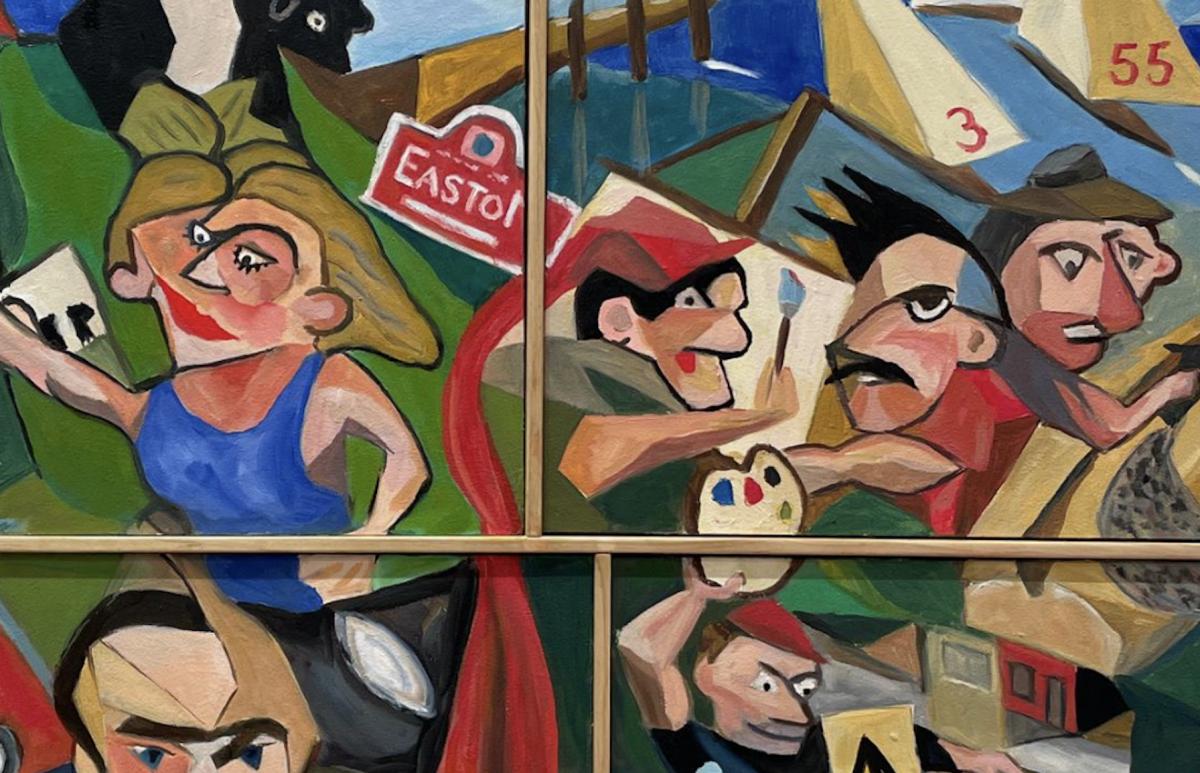


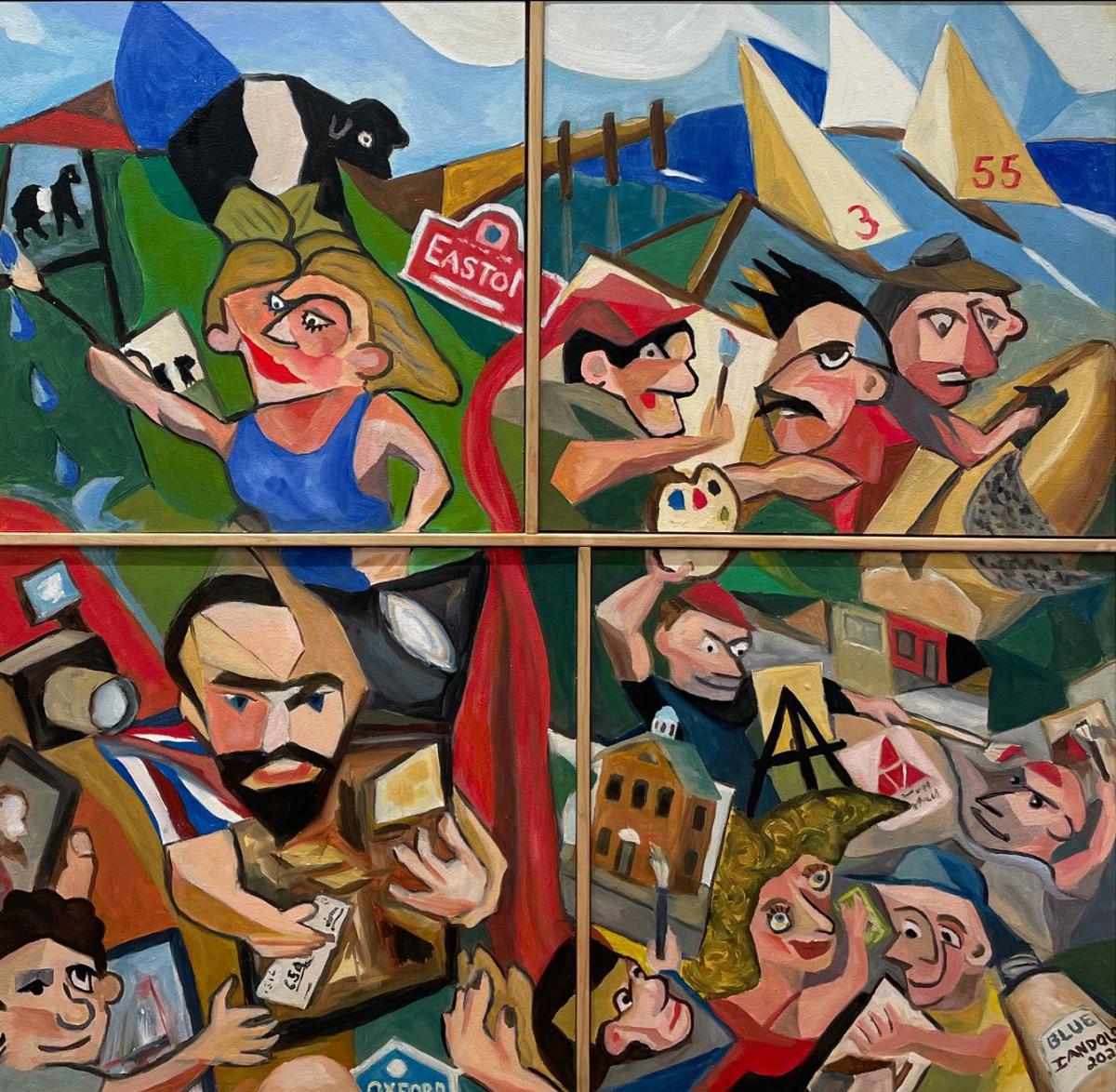


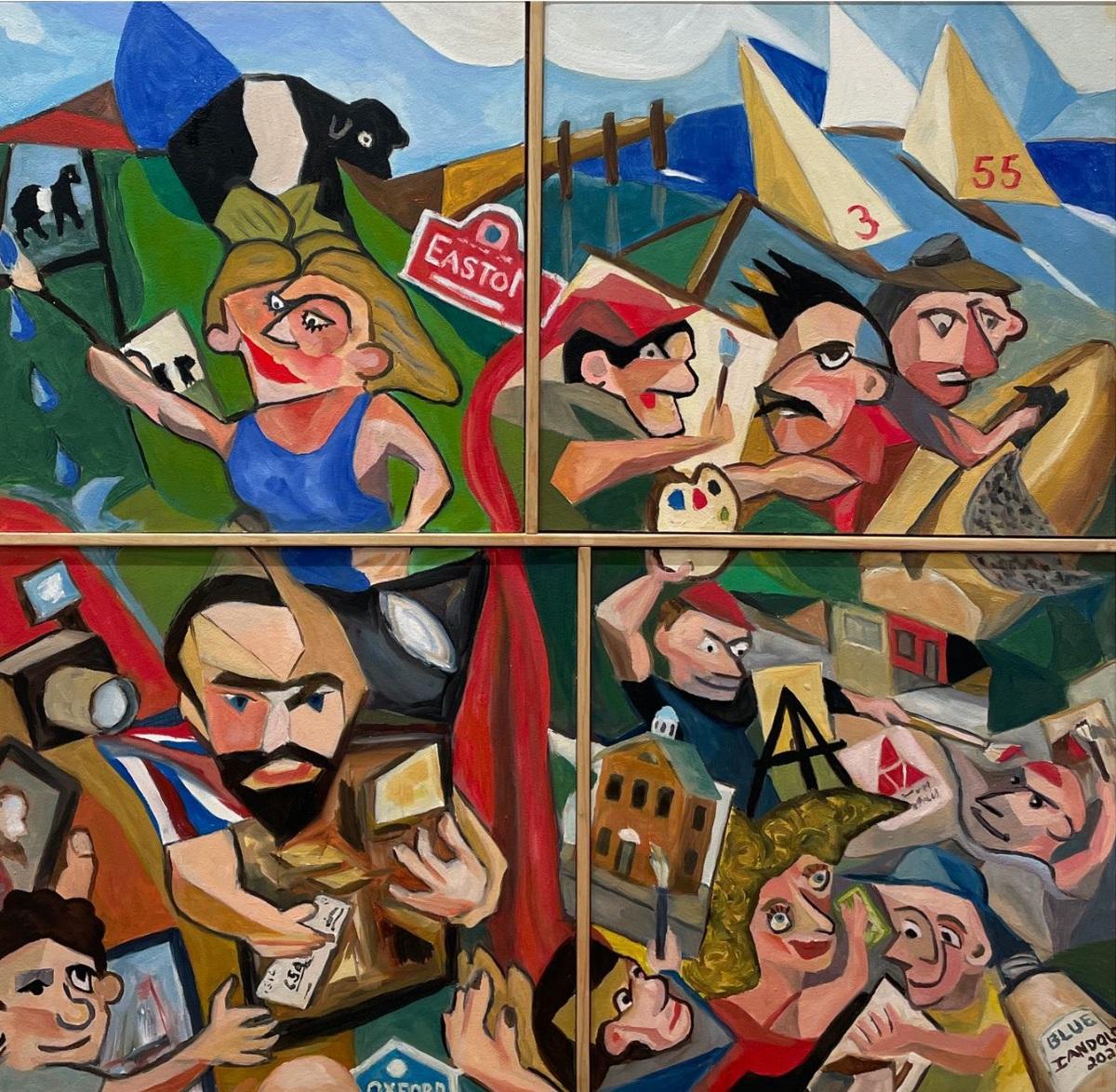
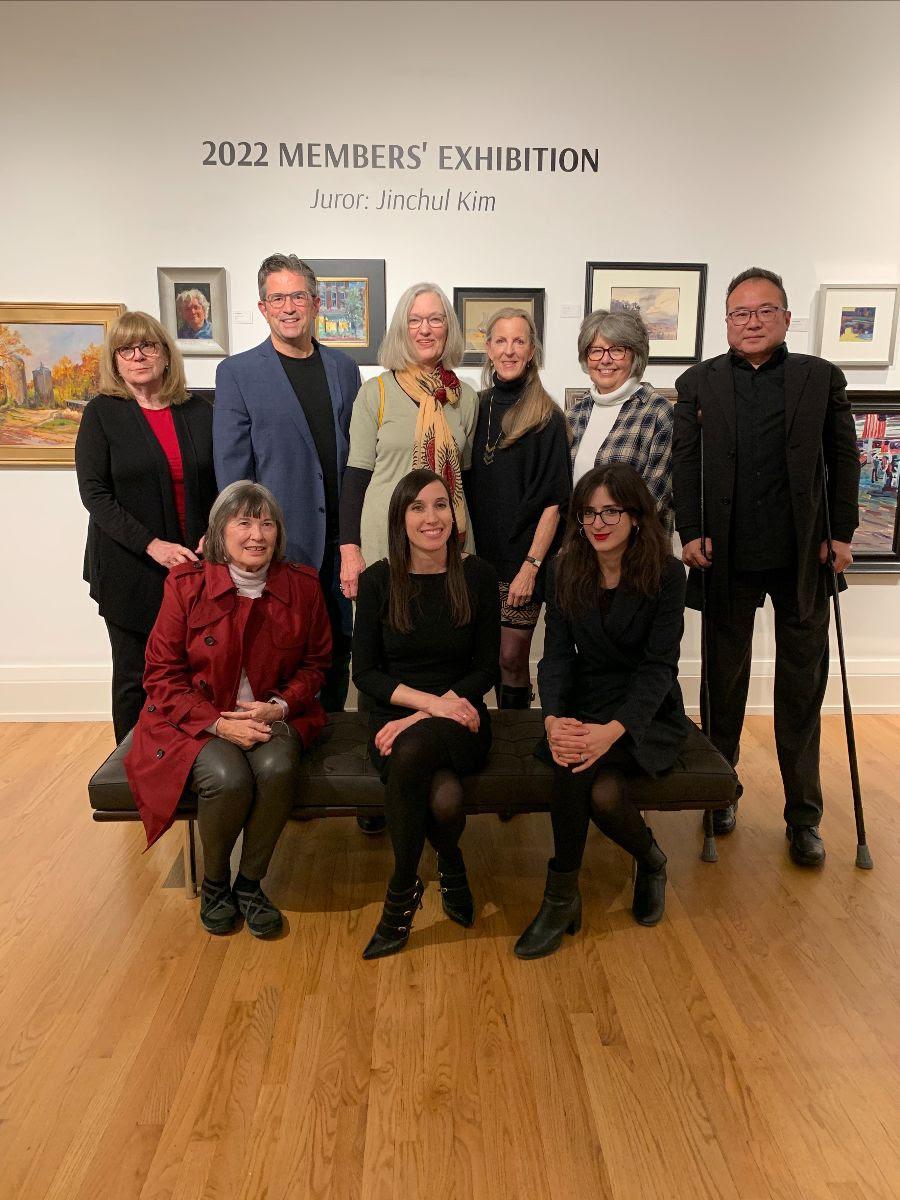
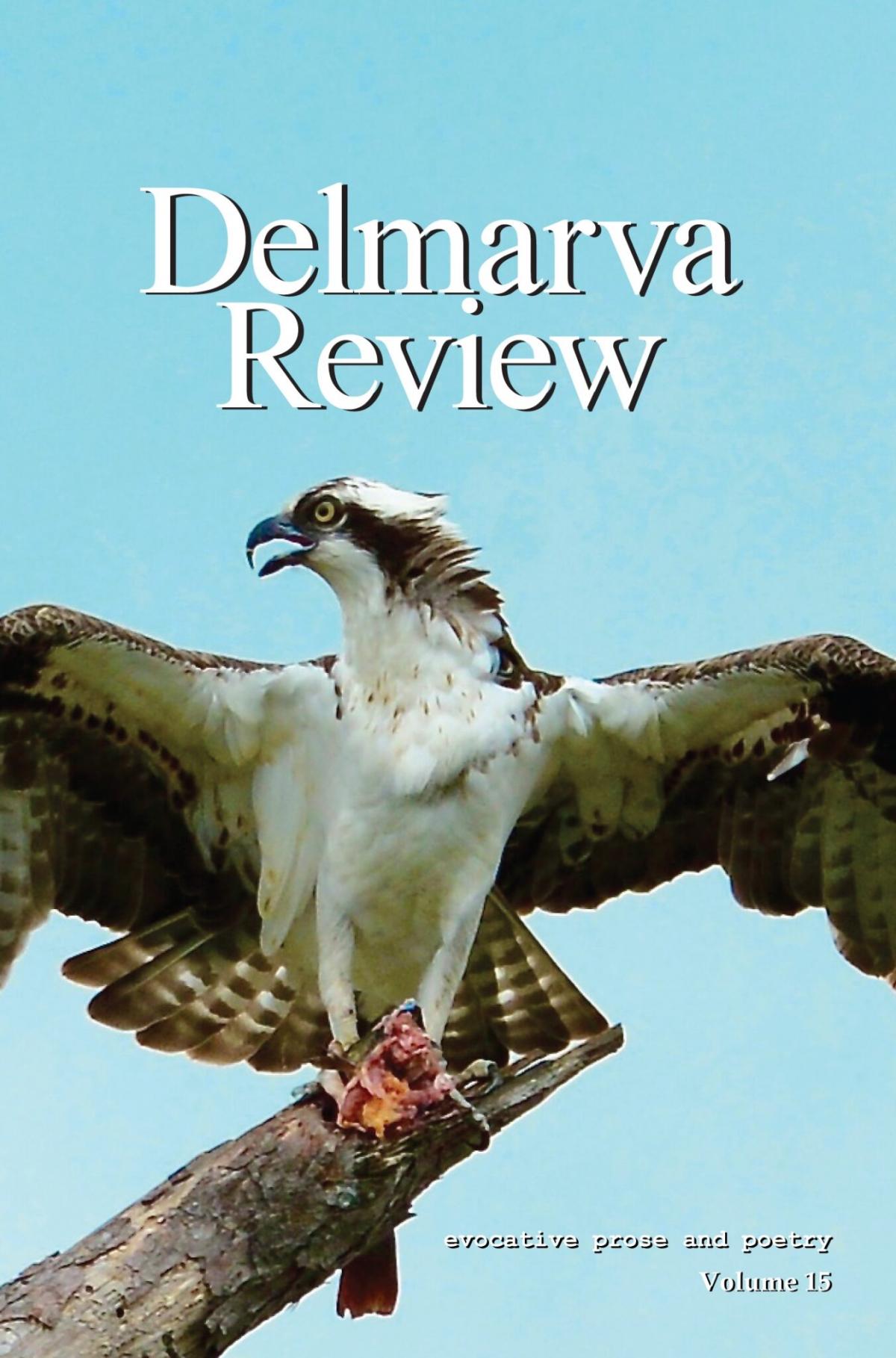 Delmarva Review announced publication of its 15th anniversary literary journal presenting new poetry, short stories, and creative nonfiction from 60 authors in 18 states, the District of Columbia, and six foreign countries. The review selects the most compelling new writing from thousands of submissions during the year.
Delmarva Review announced publication of its 15th anniversary literary journal presenting new poetry, short stories, and creative nonfiction from 60 authors in 18 states, the District of Columbia, and six foreign countries. The review selects the most compelling new writing from thousands of submissions during the year.


